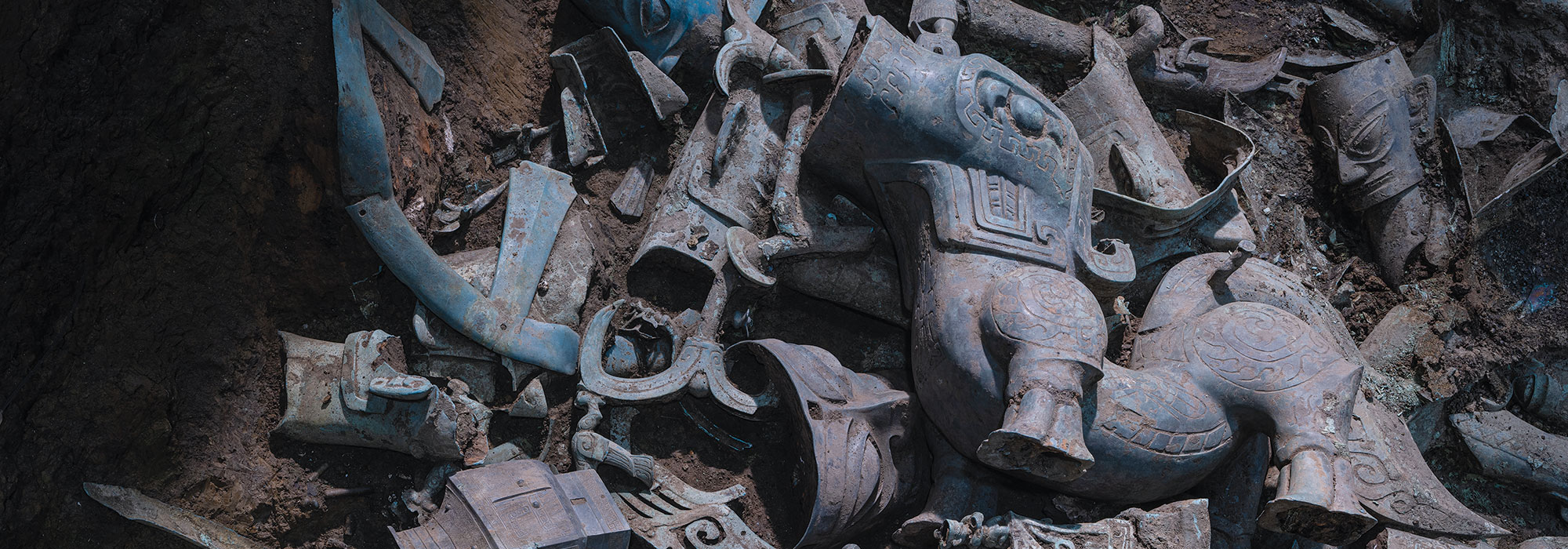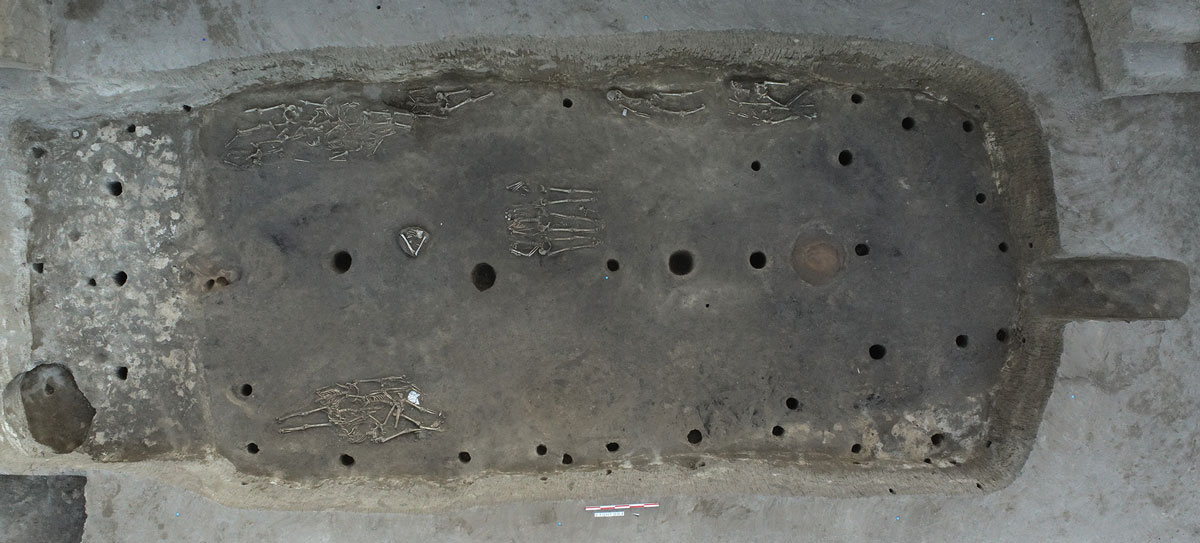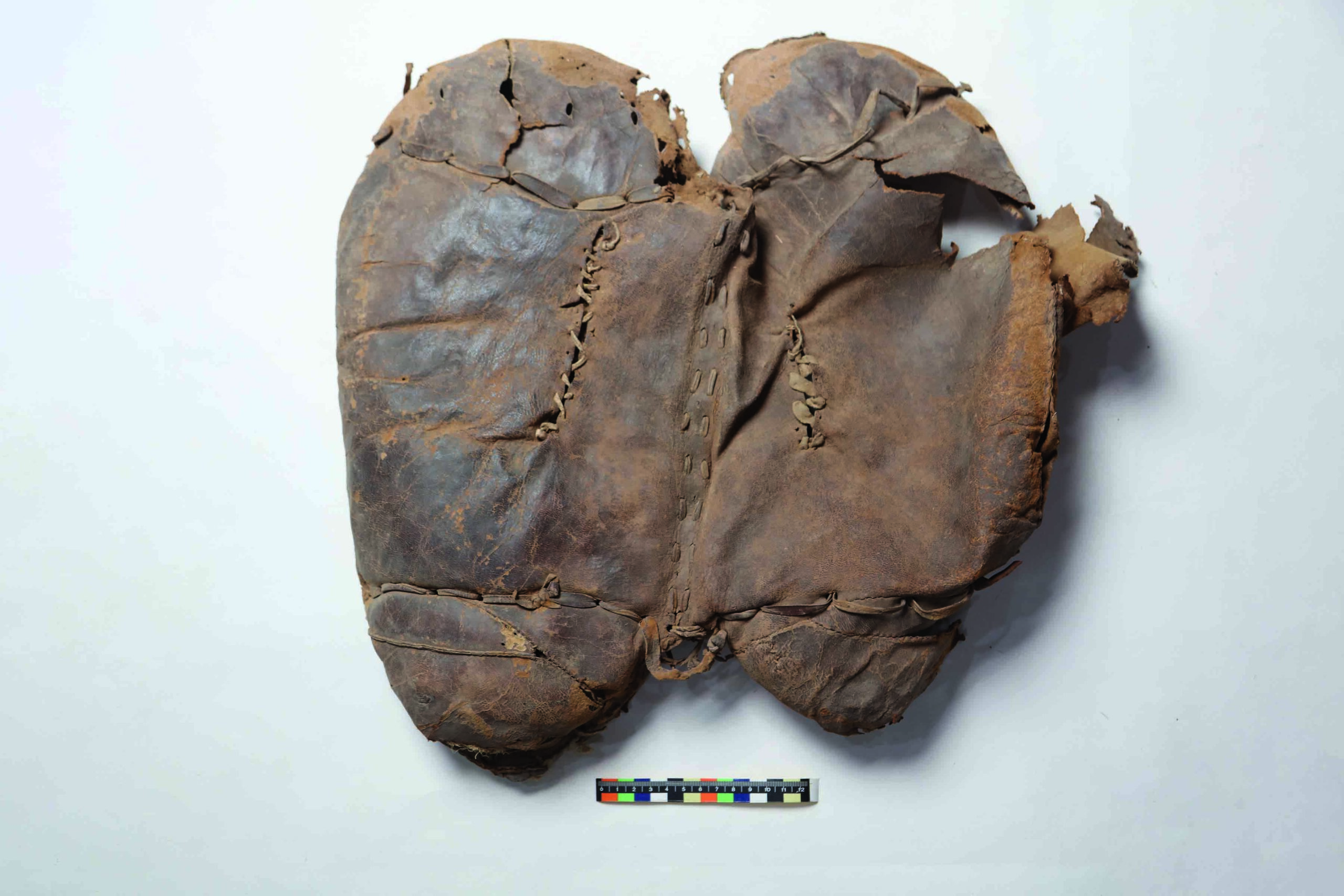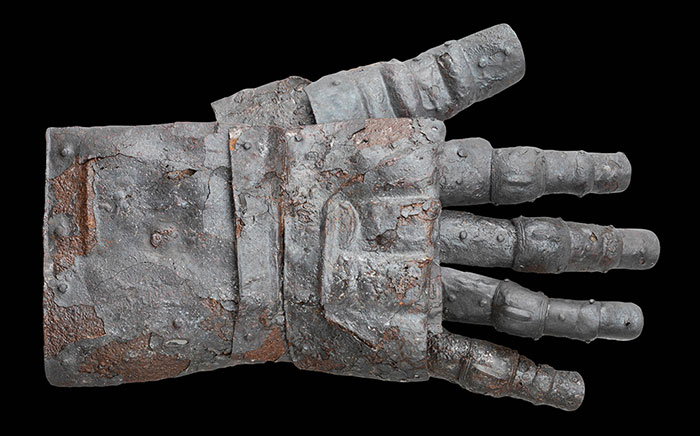
The origins of Gojoseon, the first Korean kingdom, are shrouded in myth. Although legend holds that it was founded by the king Dangun in 2333 B.C., Chinese records suggest that it emerged much later. The seventh-century B.C. Chinese history the Guanzi mentions that Gojoseon was an important kingdom, which scholars believe was on the Korean Peninsula or in a neighboring region of China. According to the first-century B.C. Chinese history the Shiji, by the second century B.C. the capital city of Gojoseon was known as Wanggeom-seong. But Chinese records are largely silent on its location. In the past, many historians believed that Wanggeom-seong was in the vicinity of Pyongyang, the capital of North Korea, based on what appeared to be a reference in the Shiji to what became Pyongyang.
In the 1960s, a rare joint Chinese–North Korean archaeological excavation took place in China’s Liaoning Province at the site of a massive Gojoseon royal necropolis. The size of the complex suggested to some researchers that Wanggeom-seong must have been in the vicinity. About 140 people were buried in wooden coffins in 23 tombs at the necropolis. The tombs included rich grave goods such as a bronze dagger of a type that has emerged as key to defining the culture of Gojoseon.
Known as a mandolin-type dagger, after the shape of the stringed instrument, these artifacts are highly standardized, unlike pottery or stone monuments of the period, and have been used by archaeologists to define the limits of the Kingdom of Gojoseon. Researcher Jin-min Lee of the National Museum of Korea says that Korean scholars have studied Gojoseon daggers intensively, and the fact that so many have been found in Liaoning Province supports the idea that Wanggeom-seong might have been located there.
According to Chinese sources, Gojoseon fell in 108 B.C. Nonetheless, tombs with wooden coffins unique to Gojoseon continued to be built across what is today North Korea until at least the early first century A.D. Some historians believe this shows that the Gojoseon leadership maintained their power and control of the region and that Gojoseon culture carried on for perhaps 100 years after Chinese histories say the kingdom ended. Since Wanggeom-seong was the center of Gojoseon’s influence and power, identifying it could provide researchers with clues to how Gojoseon influence endured past the date it was traditionally thought to have ended.













